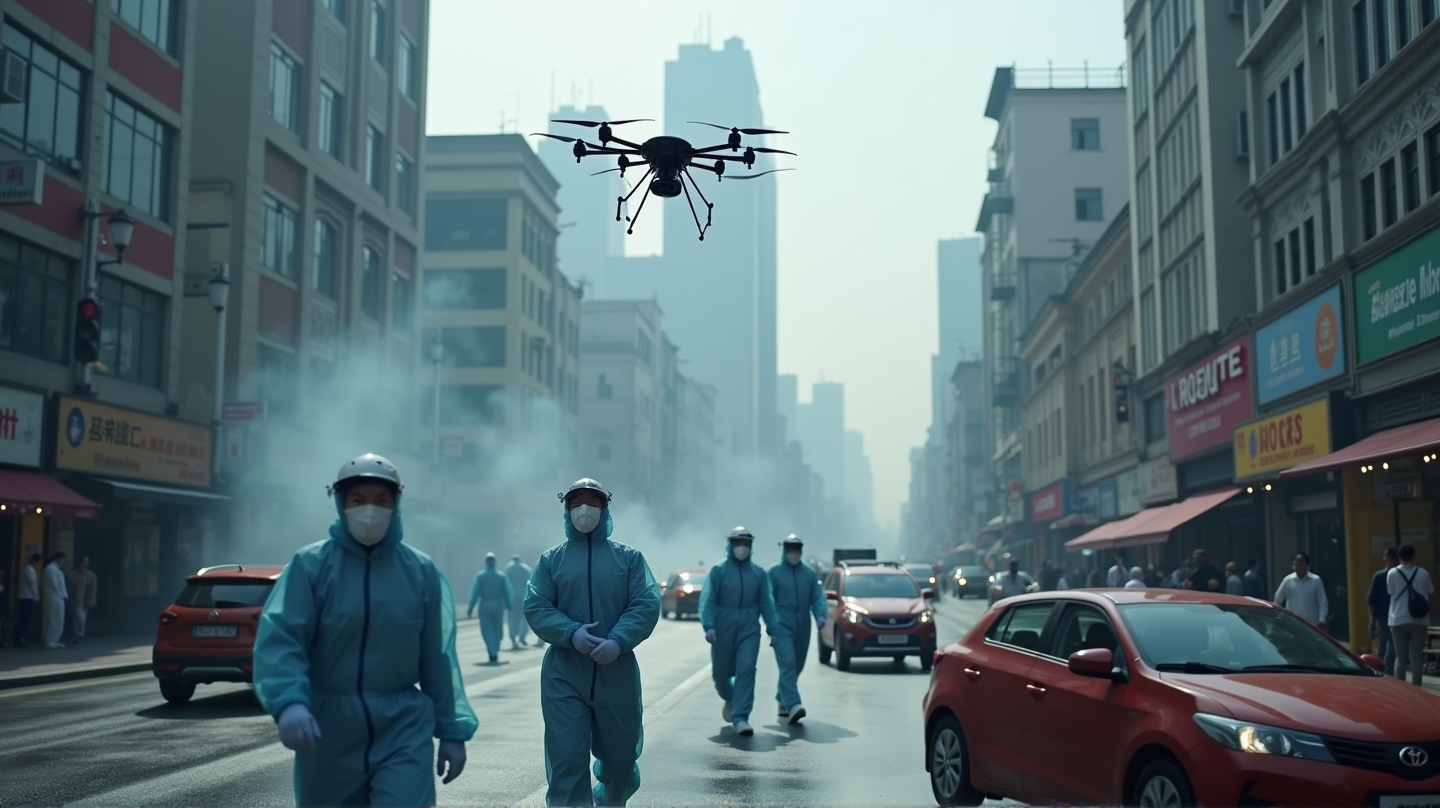In recent weeks, the bustling southern Guangdong province in China has become the focal point of a sudden and alarming epidemic. The chikungunya virus, mosquito-borne and notoriously painful, has quickly spread, instigating a wave of public health measures reminiscent of those seen during the COVID-19 pandemic.
The Surge of Cases
The chikungunya outbreak is unequivocally concerning, with more than 7,000 infections reported across 13 cities. This marks an unprecedented escalation of cases, predominantly concentrated in the Foshan city area. Initial contagion traces back to early July when the first case was detected—captivating the attention of health officials and prompting rapid response measures.
Inside the Anti-Mosquito Measures
Striking in its similarity to past pandemics, the response by authorities in Guangdong includes hospital quarantines, intensive door-to-door inspections, and the introduction of unique biocontrol methods. Giant ‘elephant mosquitoes’ have been released to combat the vector by consuming disease-carrying mosquito larvae. Meanwhile, drones scanning for breeding sites and the employment of mosquito-eating fish only add to the meticulous environmental strategy.
Severity Beyond Chinese Borders
As news travels globally, the Centers for Disease Control and Prevention (CDC) has deemed travelers to specific regions, including China, at elevated risk. While person-to-person transmission isn’t possible, once bitten, a traveler can become a vector de-facto, catalyzing further spread if infected and bitten by another mosquito. In the U.S. alone, cases of travel-associated chikungunya have slowly been on the rise since 2019, issuing a gentle reminder of this global health threat.
Current Medical Standings
With no local outbreaks in the U.S. recently, there’s still cause for cautious optimism thanks to available vaccines like IXCHIQ and VIMKUNYA. Recommended primarily for travelers to outbreak regions, vaccination efforts continue to prevent further dissemination of the virus via global movement.
A Global Health Vigilance
This latest outbreak criminally underlines the persistent threat of mosquito-borne diseases in an increasingly interconnected world. Guangdong’s ongoing battle serves as a microcosm of the global fight against vector-borne infectious diseases and may provide invaluable lessons in managing outbreaks.
The ongoing situation with chikungunya emphasizes vigilance and preparedness. The measures levied against this virus have shown somewhat fruitful as experts continue to adapt in the face of emerging health challenges worldwide. According to Forbes, the world must remain alert to these ever-shifting epidemiological landscapes, ensuring that every new disease wave is less disruptive than its predecessors.
